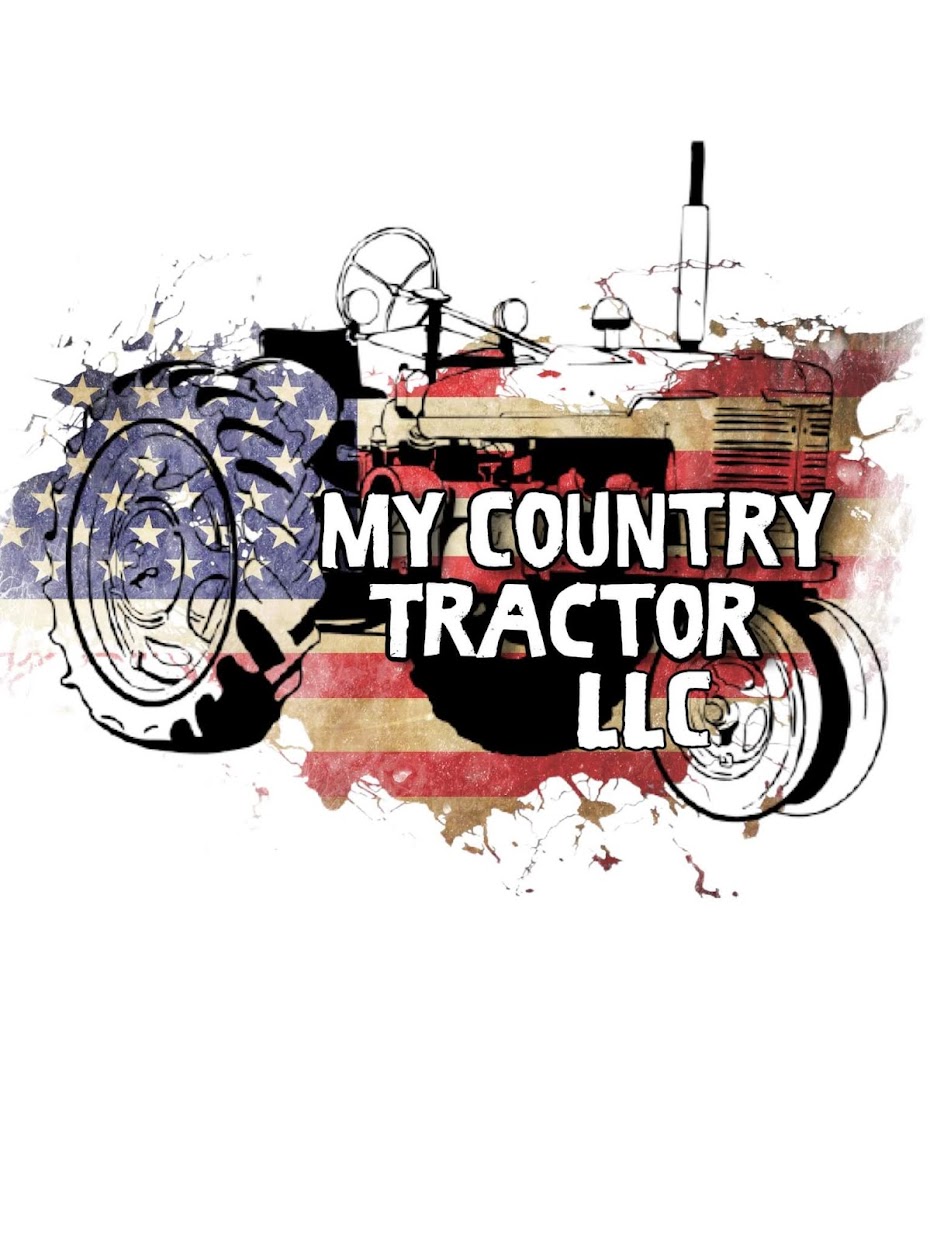Pick up any livestock-related publication these days and you'll probably find an article on adding value to your calf crop. Subjects might include selecting bulls to optimize desirable characteristics in your calves, preconditioning for 30-45 days, implementing age and source verification, managing shrink, presentation at marketing, targeting niche markets, etc. These and many other management practices have the potential to add to your bottom line. Consider spending some time evaluating changes you might make to your operation in the coming year.
Not all enhancements involve cutting edge technology or new market development. Sometimes just "taking care of business" can be an enhancement all by itself. For instance, one of the simplest, low-tech and often overlooked practices is getting more calves born earlier in the calving season. During the suckling phase, a calf typically gains about 2 pounds per day; so, for each additional day of age, a calf will weigh about 2 pounds more at weaning. How significant can this be?
For ease of figuring, assume an 84-day calving season, with 100 calves equally distributed in four 21-day periods. What if you were able to move your calving distribution from 25 percent in each period to 40-20-20-10? You are actually shifting 45 calves into an earlier period, making them an average of 21 days older at weaning. This means an additional 1,890 pounds of calf in the weaning pen. Most people would agree an increased saleable weight of nearly a ton is very significant!
Of course, the reality of change in your operation depends on how your calving distribution looks now. Assuming that there is room for improvement, how do you begin to shift? This is where the "taking care of business" factor comes in. You must focus on the primary aspects of management that most affect the timing of conception in your herd.
Nutrition
• To minimize the time to first estrus, the cows should have a body condition score of at least 5.5 at calving.
• Maintain a BCS 5 or better through the breeding season to minimize the number of services required for conception.
• Make sure the bulls are in at least a BCS 6 at turn-out.
Health
• Work with your veterinarian to plan and implement a preventative health program for cows and bulls, especially against reproductive diseases.
• Have a veterinarian conduct a breeding soundness examination of your bulls before the breeding season.
Management
• Observe bulls during the breeding season to ensure that they remain willing and able to service the cows.
• Rotate in fresh bulls as needed and address physical problems that may arise.
You can find this and past articles on the web at www.mycountrytractor.blogspot.com for your reference. Extension programs serve of all ages regardless of socioeconomic level, race, color, sex, religion, disability, or national origin. The Texas A&M University System, U.S. Department of Agriculture, and the County Commissioners Courts of Texas Cooperating serve of all ages regardless of socioeconomic level, race, color, sex, religion, disability, or national origin. The Texas A&M University System, U.S. Department of Agriculture, and the County Commissioners Courts of Texas Cooperating

No comments:
Post a Comment